Second SLS core stage ready to ship to Florida
Original Publication Date: 2024-07-17 05:45
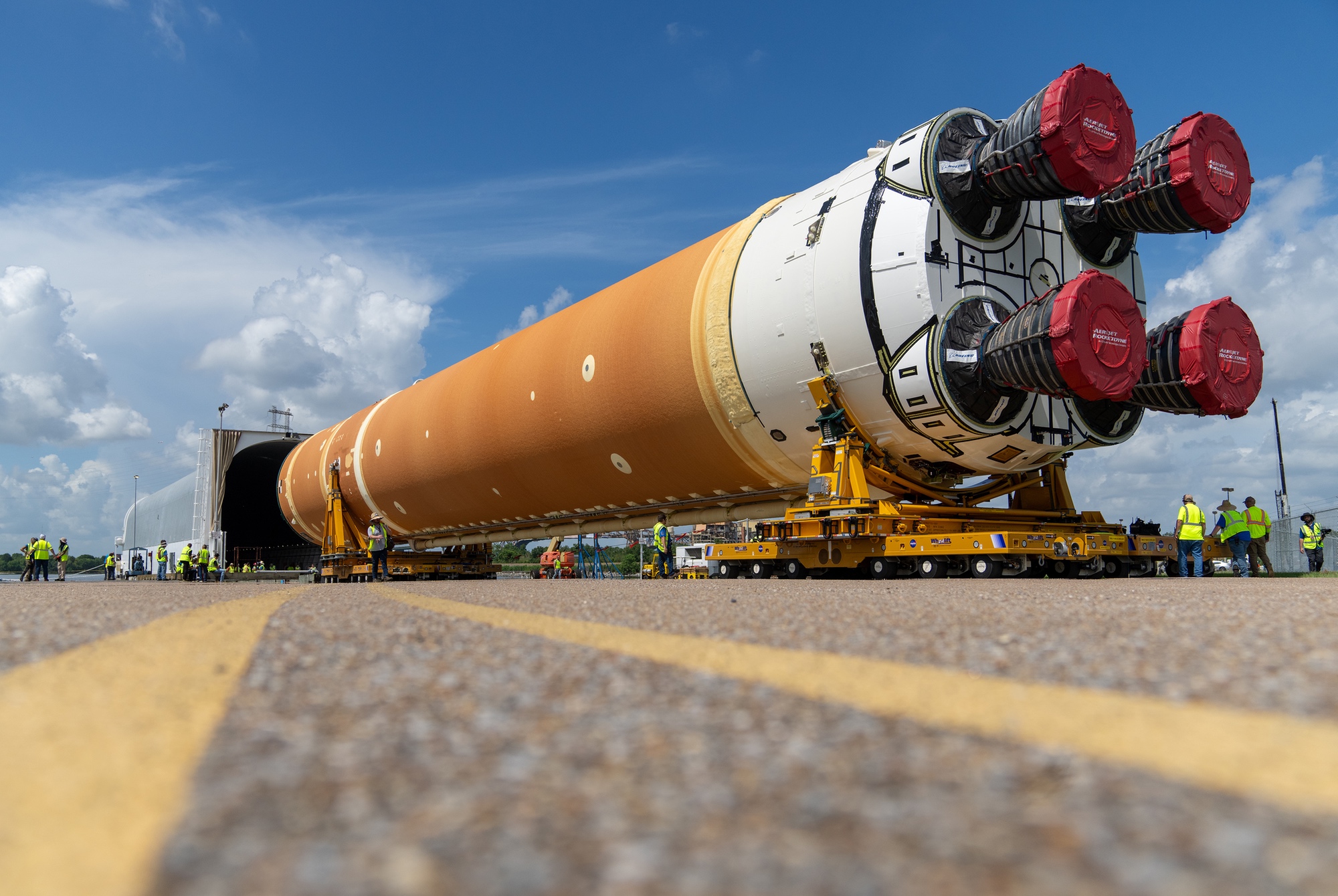
The second core stage for the Space Launch System rocket was rolled out July 16. The stage will go to Florida for the Artemis 2 mission next year. The stage, while largely complete, will undergo some additional outfitting at KSC. The Artemis 2 mission is currently scheduled for launch no earlier than September 2025.
PLD Space launches SPARK Programme, offering free access to first two MIURA 5 flights to promote space innovation
Original Publication Date: 2024-07-16 16:26
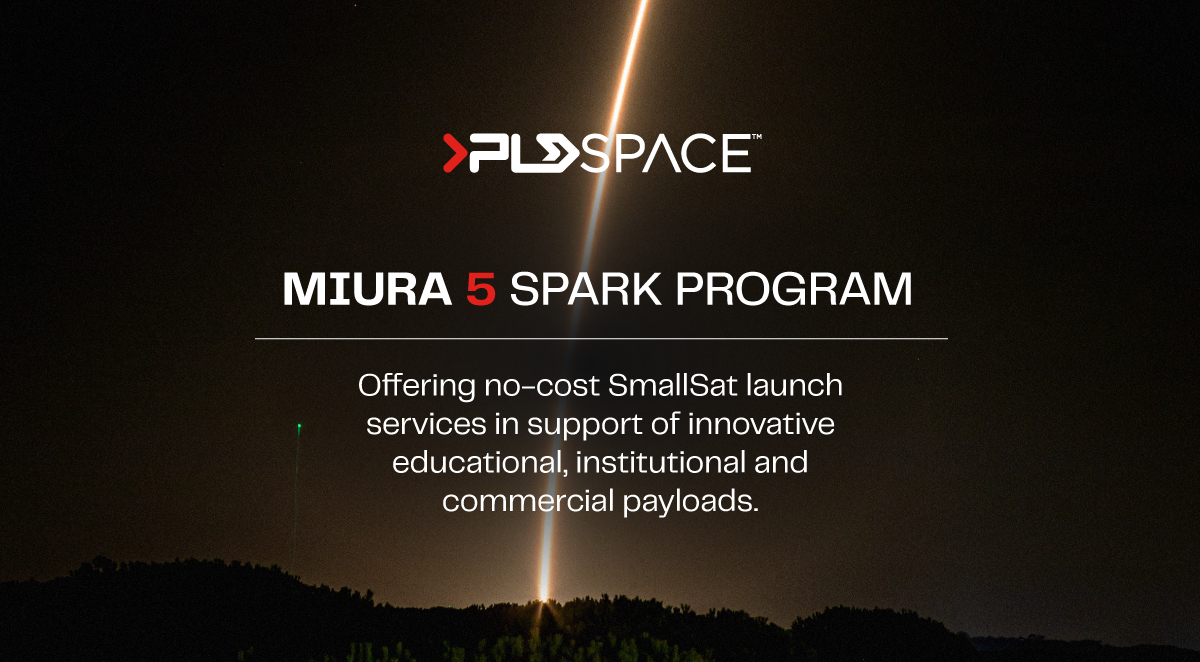
PLD Space today presented its MIURA 5 SPARK Programme, which will allow educational centres, universities, institutions and companies to access the first two MIURA 5 launches free of charge. The company is committed to covering the costs of the mission with the ultimate goal of promoting scientific and technological innovation in order to improve people’s lives from space.
MIURA 5 SPARK Programme, presented by PLD Space, offering free access to first two MIURA 5 flights to promote space innovation
Original Publication Date: 2024-07-16 14:28
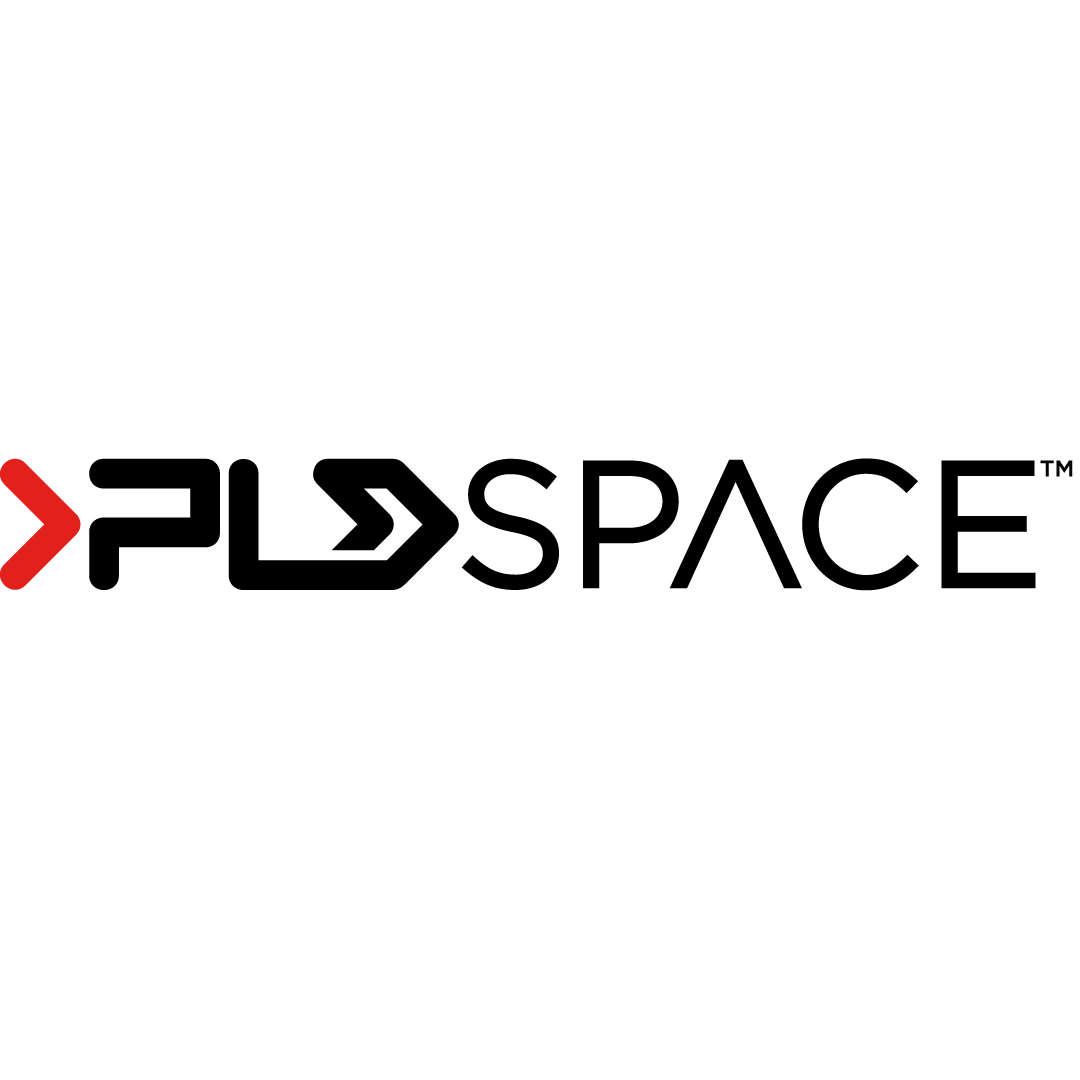
PLD Space has presented its MIURA 5 SPARK Programme. It will allow educational centres, universities, institutions and companies from all over the world to access the first two MIURA 5 launches free of charge. The company is committed to covering the costs of the mission with the ultimate goal of promoting scientific and technological innovation.
The legacy of Apollo 11, 55 years later
Original Publication Date: 2024-07-16 13:00

On July 16 th, 1969 the world watched in great wonder as the massive, dragon-fire-spitting Saturn V rocket lifted off launchpad 39A at Kennedy Space Center and soared toward the skies. Aboard the tiny and cramped Columbia command module were Neil Armstrong, Buzz Aldrin and Michael Collins, headed for the moon.
Refuellable satellites offer critical edge amidst intensifying threats in space
Original Publication Date: 2024-07-16 13:00

The U.S. Space Force says refueling existing satellites in space is significantly cheaper than building and deploying new satellites. Refuellable satellites will enable mission-critical payloads to maneuver on a dime at any time. The ability to maneuver quickly and unpredictably to a completely different orbital location offers the element of surprise.
NASA’s SLS rocket stage set for transportation to Kennedy Space Center for Artemis II mission – SatNews
Original Publication Date: 2024-07-16 00:00

The SLS rocket’s core stage is the largest NASA has ever produced. At 212 feet tall, it consists of five major elements, including two huge propellant tanks that collectively hold more than 733,000 gallons of super-chilled liquid propellant. During launch and flight, the stage will operate for just over eight minutes, producing more than 2 million pounds of thrust.
Former Rolls-Royce CTO joins iRocket Board of Directors – SatNews
Original Publication Date: 2024-07-16 00:00

IRocket has announced that the former Chief Technology Officer (CTO) of Rolls-Royce has joined the iRocket Board of Directors. Paul Stein brings experience in technical oversight, engineering discipline, and insight into the rapidly expanding UK space program. IRocket recently completed development of its avionics controller and was awarded its first patent for its rocket engine innovations.
Redwire secures follow-on order for Thales Alenia Space ROSA wings for Inspire satellite – SatNews
Original Publication Date: 2024-07-16 00:00

Redwire Corporation (NYSE: RDW) has secured a follow-on order to develop and deliver additional Roll-Out Solar Array (ROSA) wings for Thales Alenia Space’s Inspire satellites. This follow-on order increases the total number of shipsets that Redwire will deliver based on its existing agreement with Thales Alenya Space.
Intuitive Machines IM-2 engine qualification advances cargo class lander development – SatNews
Original Publication Date: 2024-07-16 00:00

Intuitive Machines, Inc. Has qualified the VR900 engine for its IM-2 lunar mission. The engine also advances the development of the Company’s VR3500 engine for larger cargo class landers. Intuitive Machines is completing a $30 million Lunar Terrain Vehicle Services Feasibility Assessment.
55 Years Ago: Apollo 11’s One Small Step, One Giant Leap
Original Publication Date: 2024-07-16 09:52

Apollo 11 astronauts Neil A. Armstrong, Michael Collins, and Edwin E. "Buzz" Aldrin completed humanity’s first landing on the Moon in July 1969. Scientists began examining the first Moon rocks two days after the Apollo 11 splashdown while the astronauts began a three-week postflight quarantine.
Here’s How AI Is Changing NASA’s Mars Rover Science

PIXL scans a postage-stamp-size area of a rock, firing an X-ray beam thousands of times. When the instrument finds certain minerals, it can automatically stop to gather more data. As the system improves through machine learning, the list of minerals on which PIXL can focus with a long dwell is growing.
Amendment 30: A.21 TEMPO/ACX Science and Applications Team Final Text and Due Dates
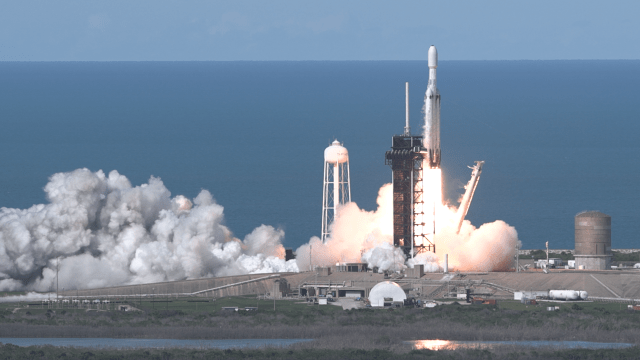
A.21 TEMPO/ACX Science and Applications Team (TEMPO/ACx SAT) solicits proposals for membership to the joint NASA/NOAA Science and Applications Team for Tropospheric Emissions: Monitoring of Pollution. This team supports basic research and analysis activities associated with the production, validation, utilization, and application of TEMPO products.
Remembering Joe Engle: Astronaut, Test Pilot, Legend
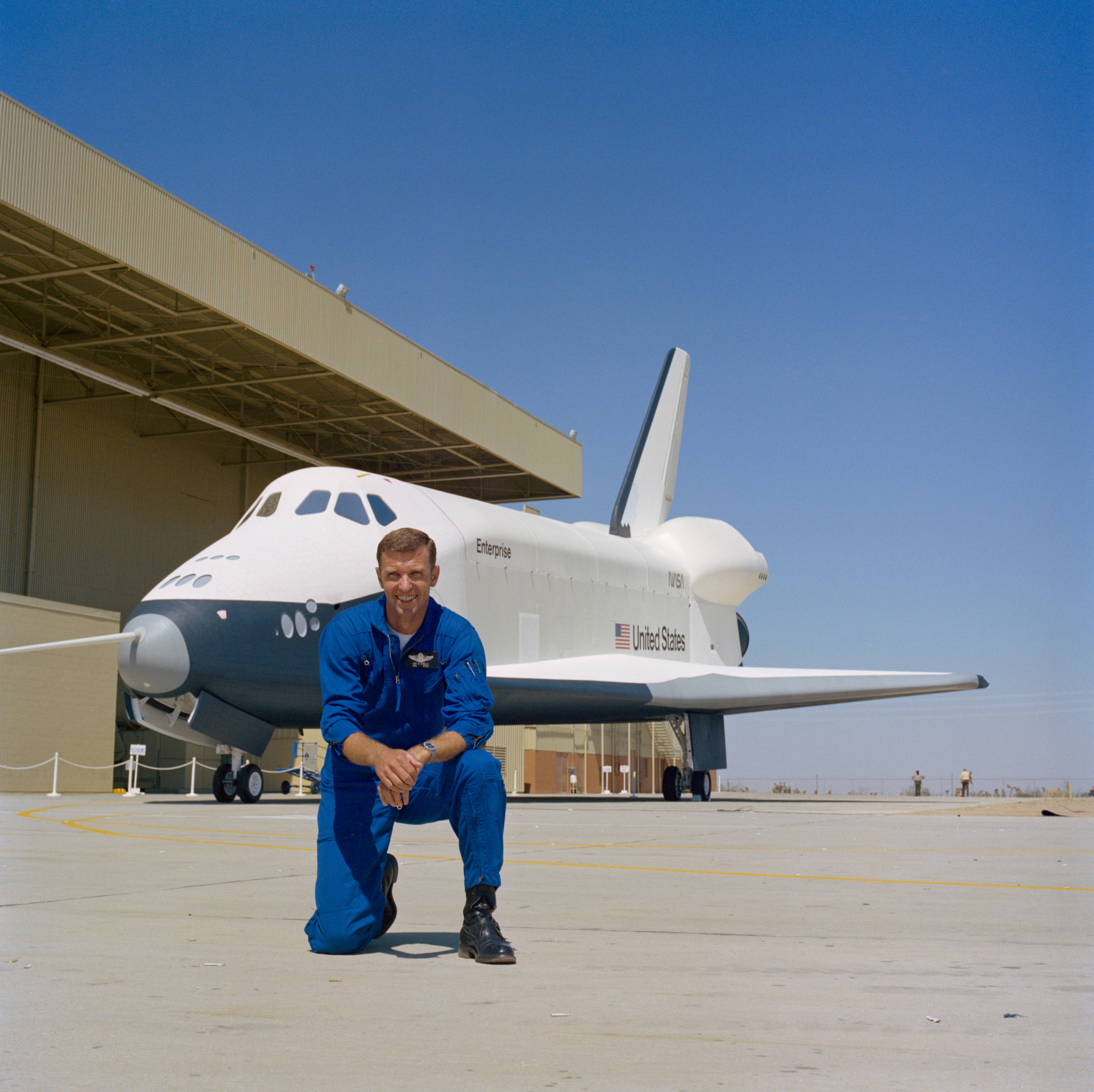
The X-15 hypersonic research program was a joint effort involving NASA, the U.S. Air Force, the Navy, and North American Aviation Inc. The X-15 flew during a period of nearly 10 years and set the world’s unofficial speed and altitude records. Information gained from the highly successful X-15 program contributed to the development of the Mercury, Gemini, and Apollo piloted spaceflight programs.
Caltech/JPL Privacy Policies and Important Notices

Caltech/JPL's policies on privacy, security, accessibility, linking and copyright. Information you provide on a Caltech/JPL Web site will be used only for its intended purpose. We will only share your information with a government agency if it relates to that agency, or as otherwise required by law.
NASA Transmits Hip-Hop Song to Deep Space for First Time

The song “The Rain (Supa Dupa Fly)” by Missy Elliott was beamed to Venus via NASA’s DSN (Deep Space Network) The radio frequency signal took nearly 14 minutes to reach the planet. To date, the system has transmitted only one other song into space, making the transmission of Elliott’s song a first for hip-hop and NASA.
